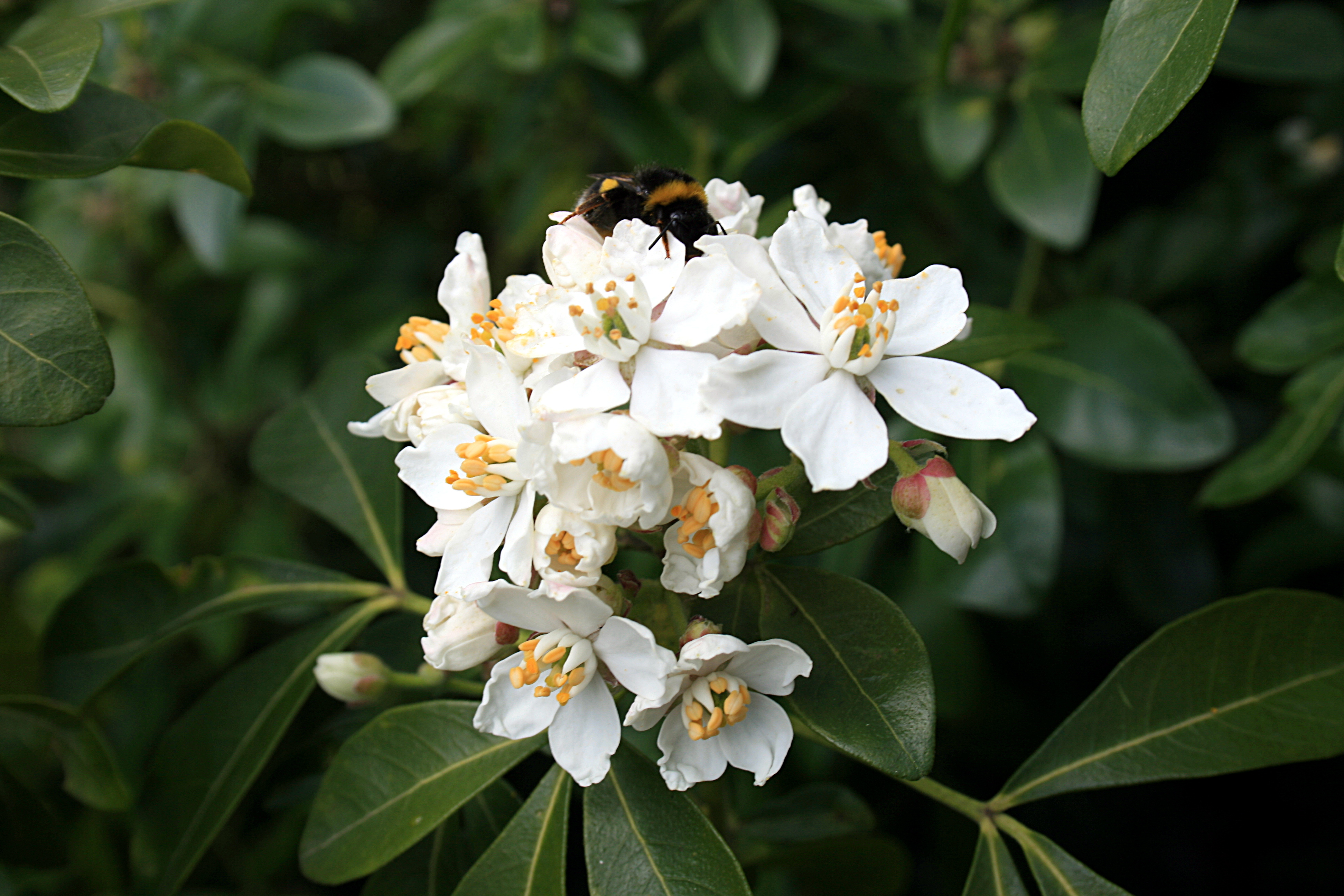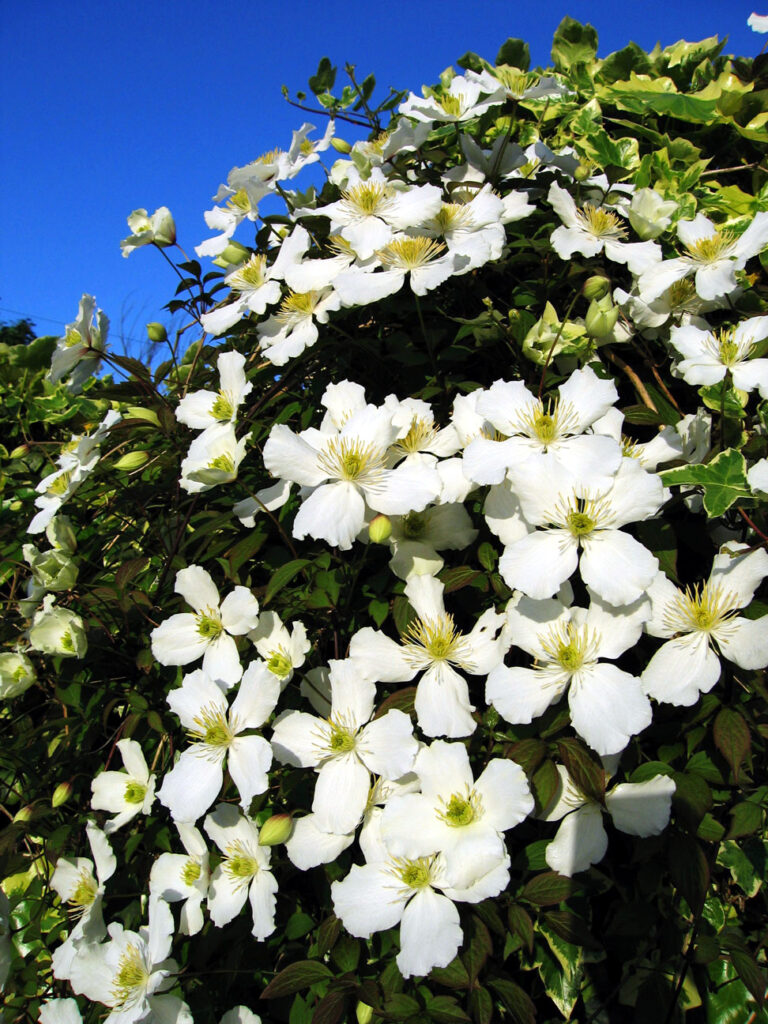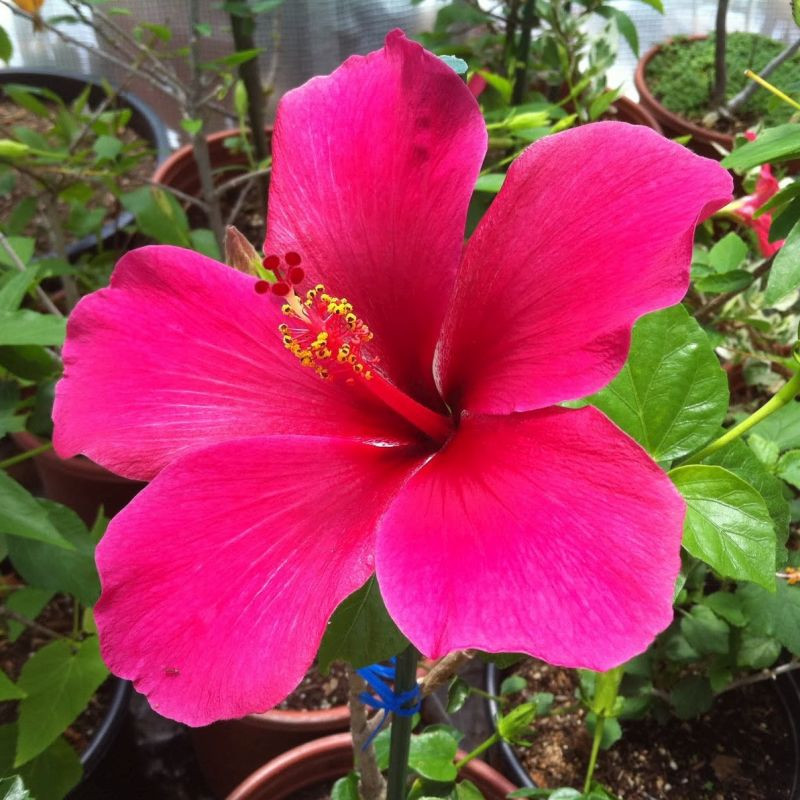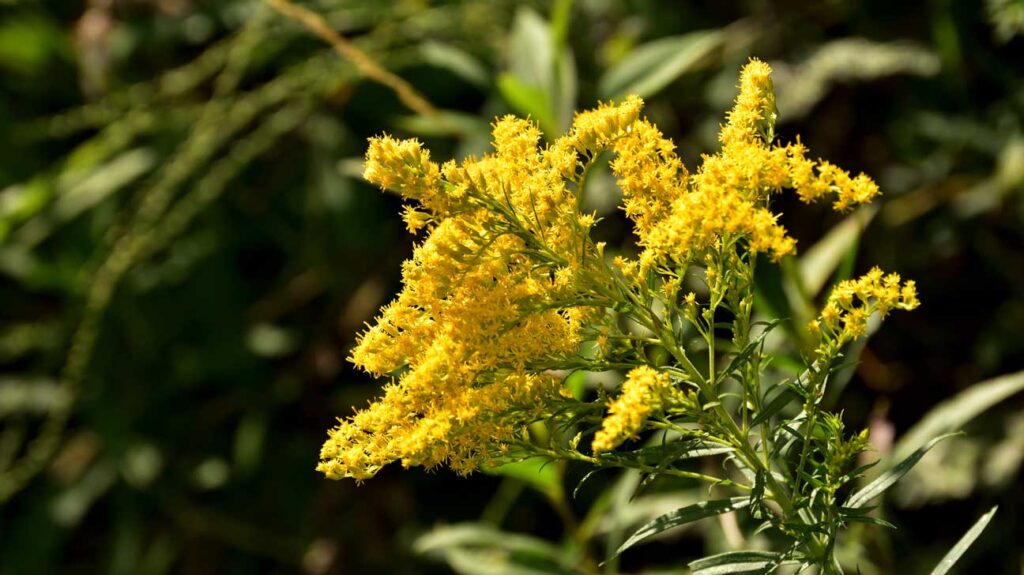Trimming shrubs and perennials in May can lead to tidier plants and even more impressive floral displays down the line. While your garden to-do list may be long this month, don’t forget to add pruning—it can make all the difference.
May offers a great variety of plants ready for a seasonal cut. From spring-flowering shrubs that need shaping for next year’s blooms to summer-flowering perennials that benefit from an early-season trim, this is the time to take action. Surprisingly, pruning now can significantly improve how your garden looks come summer.
This guide covers seven plants that benefit from a May pruning. Drawing on years of hands-on gardening experience, here’s why each one could use a trim and how to do it right to keep your plants vibrant and thriving.
Plants to Prune in May – 7 Top Picks
If you’ve got any of these plants in your backyard, it’s worth checking them over this spring. They might not all need pruning every year, but a quick inspection will tell you if they could use some care. Just be sure your pruning tools are clean and sharp before you start.
1. Choisya
Also known as Mexican Orange Blossom, choisya is a fragrant, spring-flowering shrub with lovely white blooms.
Though it doesn’t require frequent pruning, it might need a tidy-up if it becomes too large or scruffy. The best time to prune is after flowering. While it can handle a hard cut, gentle, regular trimming usually delivers better results.

Start by removing dead or damaged branches, along with any crossing or awkwardly placed stems. Lightly shape the shrub by trimming back up to a third of the stems.
Another benefit? A light prune in spring may prompt a second, softer flush of blooms in the fall.
2. Clematis Montana
Knowing your clematis type is key to proper pruning. Early bloomers like ‘Montana’, ‘Cirrhosa’, and ‘Macropetela’ are typically ready for trimming after their spring show, often in May.
These vigorous climbers don’t need heavy pruning, but a bit of post-bloom care keeps them from turning into a tangled mess that only flowers up high. A spring trim allows new growth to develop in time for next season’s flowers.

Snip away dead or damaged sections, then shape the plant by cutting back older stems. Clematis montana is robust enough to handle a strong prune if needed.
3. Hibiscus
May is the perfect time to prune tropical hibiscus—especially if they’ve been sheltered indoors through the cold months or you’re in a frost-prone area.
Wait until the danger of frost has fully passed before pruning. This encourages new shoots that will carry blooms during summer. Because hibiscus flowers last just one day, more branches mean more flowers overall.

Only prune once the weather warms up. Cutting too early can cause cold damage. Trim out any dead or weak stems, thin dense areas, and shape the plant by snipping back last year’s growth to promote branching.
4. Helenium
Helenium brings bold reds and yellows to summer borders, blooming from midsummer into fall. A lesser-known tip: cutting it back in spring can really boost its display.
Known as the ‘Chelsea Chop’ in the UK—named for the RHS Chelsea Flower Show in May—this technique involves trimming herbaceous perennials by a third to half. The result? Bushier growth with more flowering stems.

A spring cut also reduces the need for staking, as the plants will stay shorter and sturdier through the season.
5. Goldenrod
Goldenrod (Solidago) is a striking perennial with upright stems and towering golden flowers. While stunning, many tall varieties tend to flop without support.

Instead of staking, try giving goldenrod the Chelsea Chop in May. Cutting back up to half its growth will encourage a fuller, more compact form.
While the blooms might arrive a bit later and be lower in height, your beds will look neater and be free of drooping stems.
6. Phlox
This classic cottage garden perennial also responds well to a spring trim—but only border phlox varieties, not alpine, annual, or creeping types.
Cutting back phlox in May results in more blooms on stronger, bushier plants. Never tried it before? Start with just part of the plant or just one clump if you have several. This approach can stretch the flowering season into the fall.
7. Tulips
Tulips light up the garden in spring, and if you want that same wow factor next year, don’t forget to deadhead them in May.
Deadheading tulips helps redirect energy from seed production back into the bulb, making it stronger for next year’s growth. It also cuts down on disease and pest risks, and prevents soil contamination from tulip fire spores.
Simply pinch off the top inch or two of the stem to remove the flower head. But if you’re growing self-seeding species tulips, skip the deadheading and let them spread naturally.
Shop Pruning Tools
Felco No. 2
Widely regarded as one of the best pruners available, Felco No. 2 offers hardened steel blades tough enough to handle thick plant stems. These pruners are also lightweight, durable, and comfortable to use—perfect for regular garden maintenance.
Okatsune Pruning Shears
These sharp Japanese pruning shears feature a high-grade steel blade and a vinyl-coated handle for a firm, non-slip grip. Compact and lightweight, they’re an ideal choice for smaller gardeners who want precision without the bulk.
Pocket Blade Sharpener
This compact sharpener is a handy addition to your gardening kit. It helps keep your pruning blades sharp while you’re out in the yard. It also includes a sponge soaked in lubricating oil to clean and protect your tools from rust and wear.
Is May Too Late to Prune Roses?
In most regions, May is considered too late for major rose pruning. Roses are best trimmed after the final frosts and before new buds begin swelling in early spring. If that window has passed and your roses are already pushing out new growth, it’s wise to wait until after they finish flowering to prune.
That said, you can still remove any dead or damaged stems in May to keep your rose bush healthy.
More Plants Suitable for the ‘Chelsea Chop’
Plenty of other perennials benefit from a late-spring trim. If you grow yarrow, asters, rudbeckia, penstemon, nepeta, or sedum, consider giving them the Chelsea Chop in May. Cutting them back by one-third to one-half encourages fuller, more flower-packed plants that will brighten up your summer garden.
This article has been carefully fact-checked by our editorial team to ensure accuracy and eliminate any misleading information. We are committed to maintaining the highest standards of integrity in our content.

Outside of work, he enjoys playing chess, following cricket, and writing short stories. His commitment to integrity and in-depth analysis strengthens OTE News’ mission of providing trustworthy journalism.




